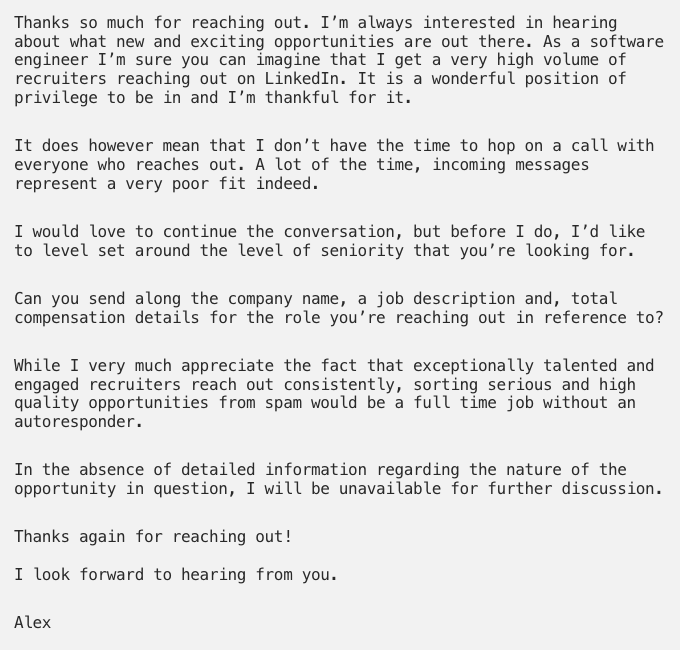Say what you want about Elon Musk, he tends to be years ahead of the curve around what the world will want and need. I get it, he’s a polarizing figure, people either love him or hate him. I don’t own a Tesla, and I don’t really have the pull to want one, but I get the fascination. I get the fascination with building a company around private space travel, and he just recently said he could care less about electric cars because he now wants to build “real” robots like the ones Will Smith fought in iRobot!
BTW, I totally want my own Tesla Robot. The friend that will always be there for you and I would get the algorithm where they never try to give me life advice, just support my craziness! Also, my “Tesbot” will have an English accent, because I’m a dumb American and I really like that accent.
Elon’s robot idea came partly because of a real-world problem he faces, and truly all of us are facing at this moment, around talent shortages. He needs workers to build EVs and Rocketships. For a dude that doesn’t put limits on what is possible, it seems almost impossible to hire great, productive workers, who enjoy that type of work. So, let’s build robots!
Elon came out recently to clarify the real problem we have in America, really most industrialized countrys’, in that our birth rate is a major economic problem no one is paying attention to:

He went on to talk about world population estimates, etc., and the trends we are on are not positive when we truly look way out into the future. The problem is, in almost every country, our political systems are not built to address the future, they are built to address the next election cycle.
If you voted for Trump in the last election, you probably believe we have a “major” problem at our border to the south with immigrants flooding into our country. Honestly, we should be hoping immigrants are flooding into this country because we need them to work in all the jobs that Americans are refusing to work in!
We do have an immigration problem! The problem is, we don’t allow enough immigrants to come into our country and work legally, pay taxes, and be a part of this great experiment we call America. I’m not a liberal. I’m a raging moderate who sees what is really going on in businesses across America! We need more workers! Or, as Elon believes, more robots…
What are potential solutions for our birth rate crisis?
1. Pay people to have more babies.
You know, stuff like paid family leave and tax incentives to have more children, great education and paid daycare, etc. Let’s make it easy for families to have great families. Right now, in America, having kids is a wealth deterrent for people.
2. Massively expand immigration.
This is not a scarcity problem. Immigrants are not taking jobs away from Americans. We have way more jobs than we have Americans! Plus, immigrants now have more options than coming to America, since there are about 20 other countries with worse birth rate issues than we have. We are now in competition for immigrant talent, skilled and unskilled, and we have half our population who still are being told by politicians that immigrants are bad.
3. Help Elon build his robots!
Honestly, because of our birth rate crisis, if Elon doesn’t get there first, someone else will. We have already seen so many jobs get eaten up by automation and robotics and it’s not stopping, it’s accelerating. Self-driving semi-trucks. Touch screens to order your Big Mac. Self-checkout lanes at the grocery store. Etc. The problem is, robots are only good at certain things, and we still need humans for a lot. Unless Elon figures out my Tesbot and then look out! Timmy is going on vacation!


